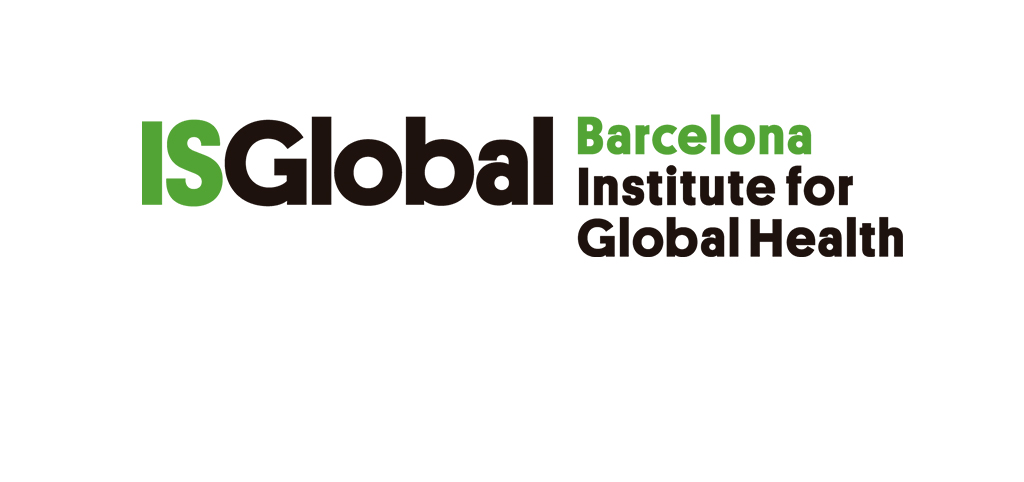CSN provides the epidemiological study conducted in the municipalities close to nuclear facilities
CREAL co-director, Manolis Kogevinas, participated actively in the preparation of this report
31.05.2010

Nuclear Safety Council (CSN), Instituto de Salud Carlos III (ISCIII) and Ministry of Health and Social Policy, have presented an epidemiological study that analyzed the potential radiological impact of nuclear and radioactive facilities of the cycle population health. CREAL co-director, Manolis Kogevinas, has actively participated in the development of this report.
The event was chaired by the director of ISCIII, Jerome Joseph Navas, technical director of CSN Radiological Protection, Juan Carlos Lentijo, and the Director General of Public Health and Foreign Health, Ildefonso Hernandez, and counted with the participation of experts ISCIII in epidemiology and radiation protection of the CSN. The speakers told the audience the scope, objectives, methodology and results of the study in response to social demand on the possible impact of facilities on the health of people, the Congress of Deputies commissioning of the Government, in December 2005. Therefore, the Carlos III Health Institute and the Nuclear Safety Council signed an agreement to collaborate in their execution on 18 April 2006.
Conclusions
After several years of analysis, the report concludes that:
• cumulative doses have been estimated population of the study areas because of the operation of the facilities are very small, and are well below the levels that could affect the health of people.
• Not found an increased cancer mortality associated with the operation of the facility. We found some associations dose - response point that could not be attributed to exposure from the operation of the facility.
• No increases were detected cancer mortality due to natural radiation.
The CSN has carried out estimates of the radiation exposure of the population, both artificial, which comes from plants, as natural. For its part, the ISCIII, through the National Epidemiology Center, made the analysis of cancer mortality in the municipalities included in the study.
Populations studied
The populations under study were:
• All municipalities located within a radius of 30 km of each installation.
• For each installation, we have selected a sufficient number of municipalities located at a distance of between 50 and 100 km. the same (not affected by its operation) as a reference to compare cancer mortality in the municipalities under study.
• Two areas without plants and with different levels of natural radiation. One in Valencia, with very low levels and one in Galicia, with higher levels due to the granitic composition of the soil.
• In total, nearly one thousand municipalities and around 8 million people per year in the area of 0 a30 km, at the time covered by the study (1975-2003).
Advisory Committee
Responding to Proposition Law No 2005, which urged the Government to carry out this study with rigor and transparency, it was decided that the figure of an independent Advisory Committee. This was established under the collaboration agreement between the CSN and ISCIII and under the resolutions of the Congress of Deputies.
A committee shall be entrusted functions of monitoring the work to implement the study, advice on general or specific materials and the analysis of the results thereof over six times that met.
The Advisory Committee was composed, in addition to people of ISCIII and CSN, representatives of health authorities in each autonomous community involved in the study, the Association of Municipalities in areas of Nuclear Power Plants (AMAC), the trade unions UGT and CCOO, the collective defense of the Greenpeace environmental preservation, Ecologists in Action, and QALY Adenex, business operators of the facilities included in the study Enresa, ENUSA and UNESA and six independent experts.
Source: Nuclear Safety Council



